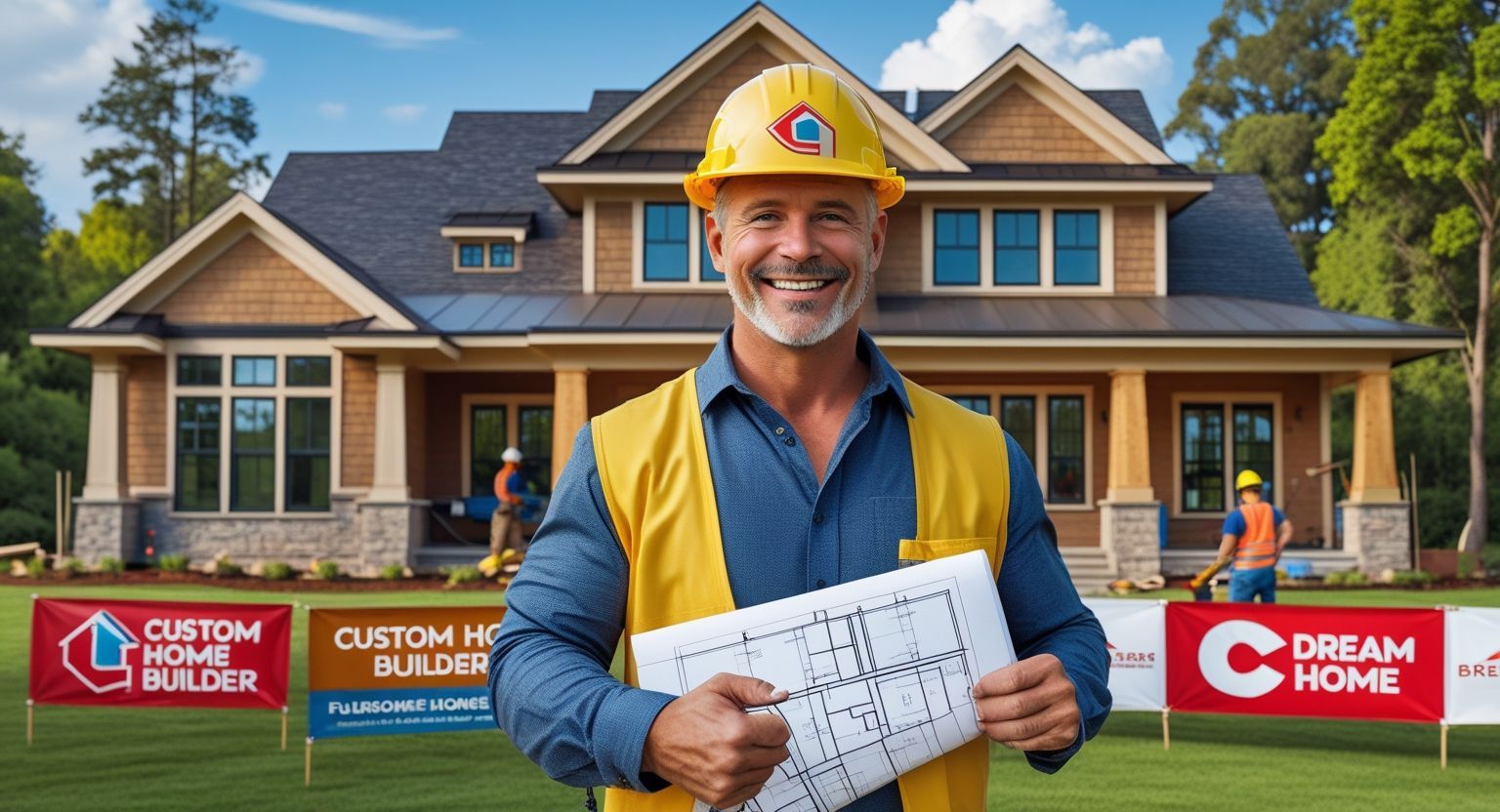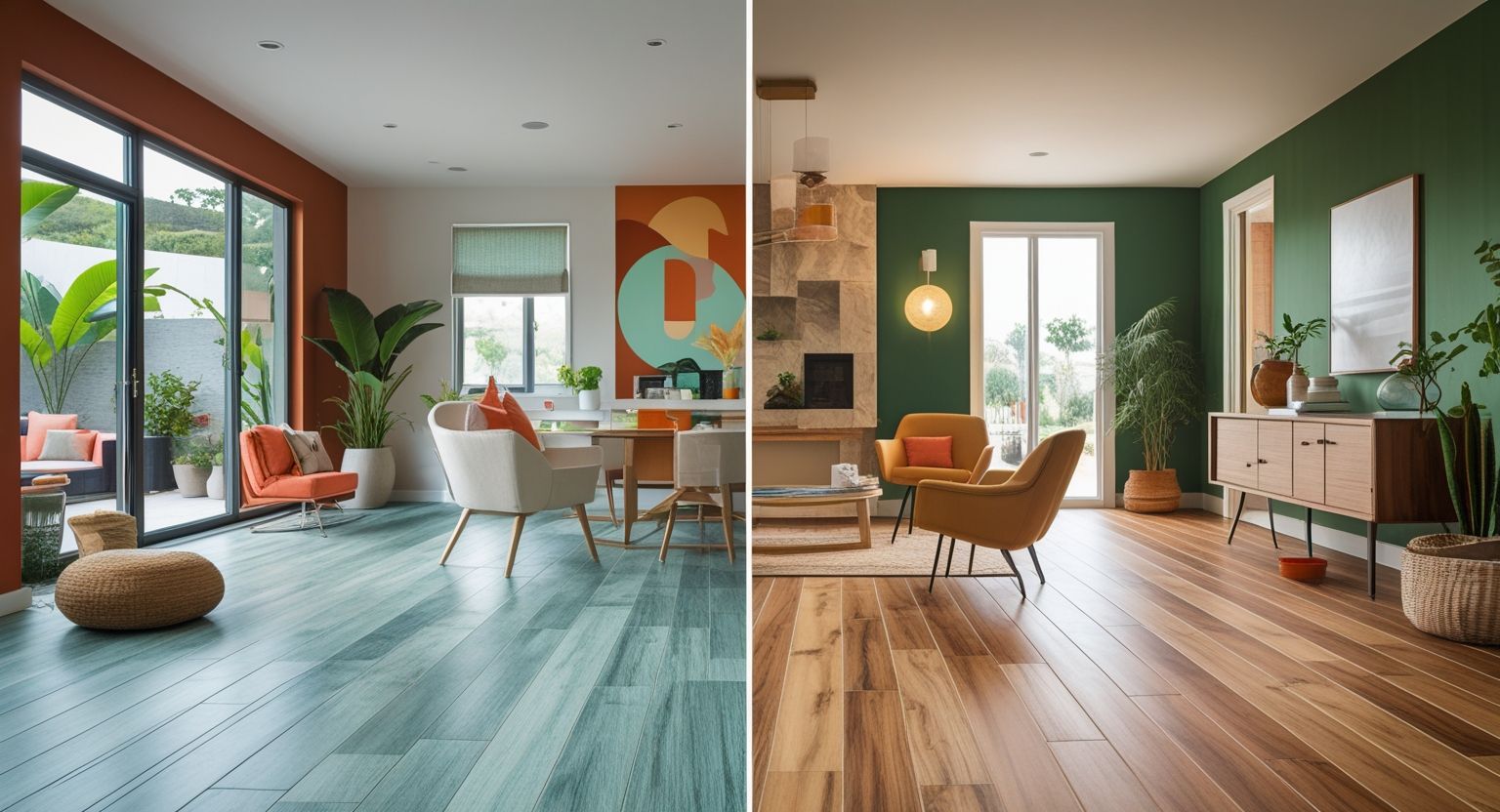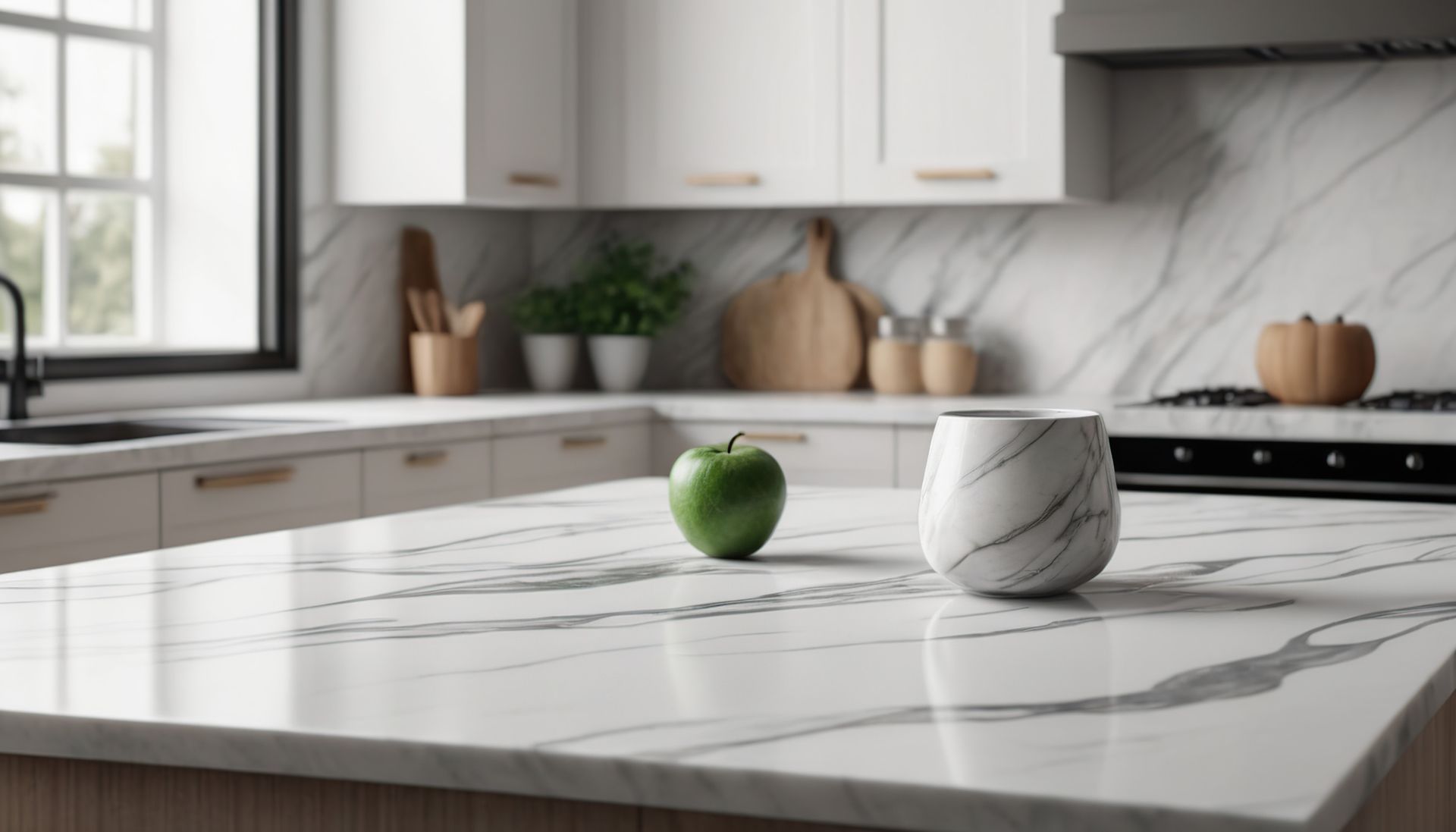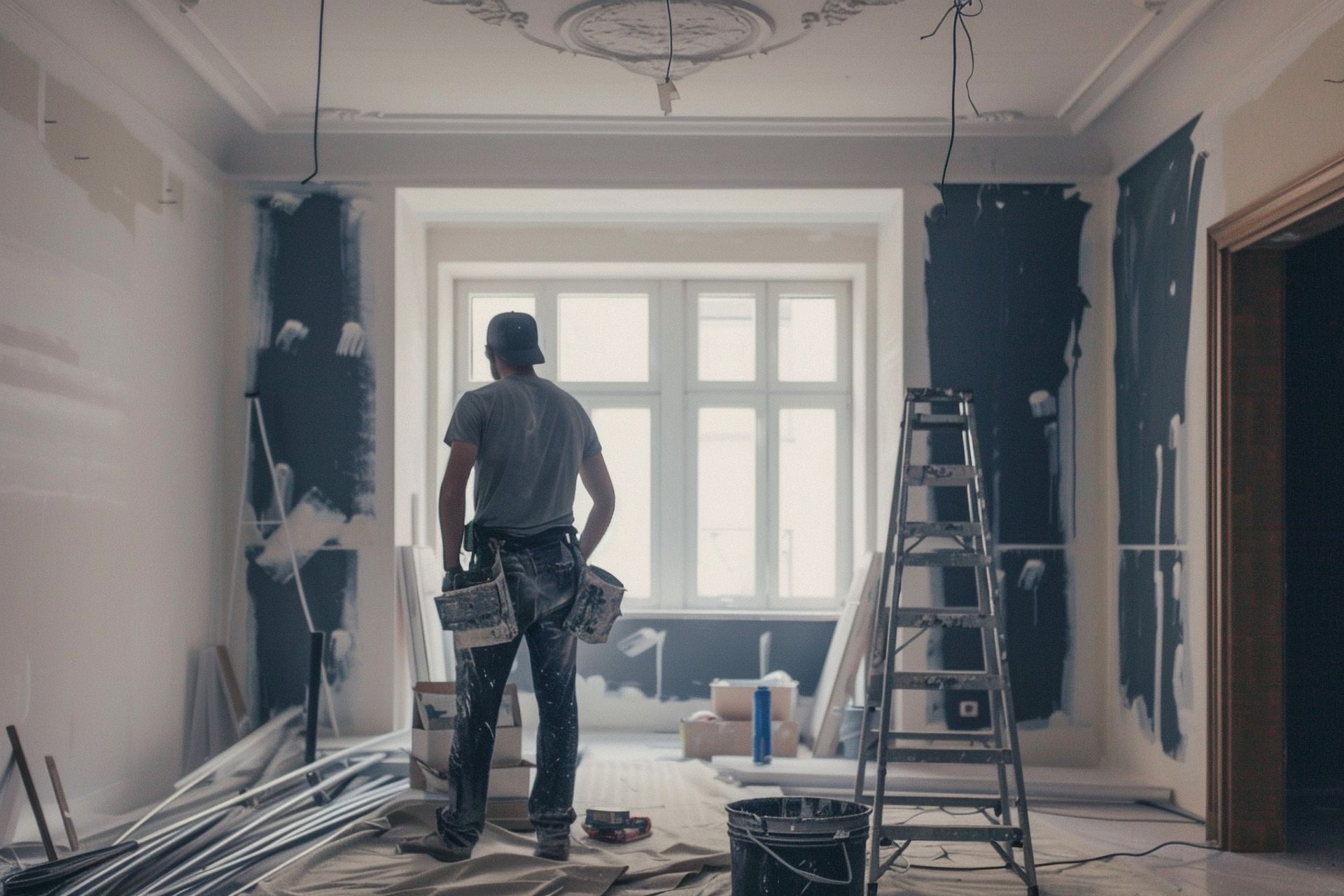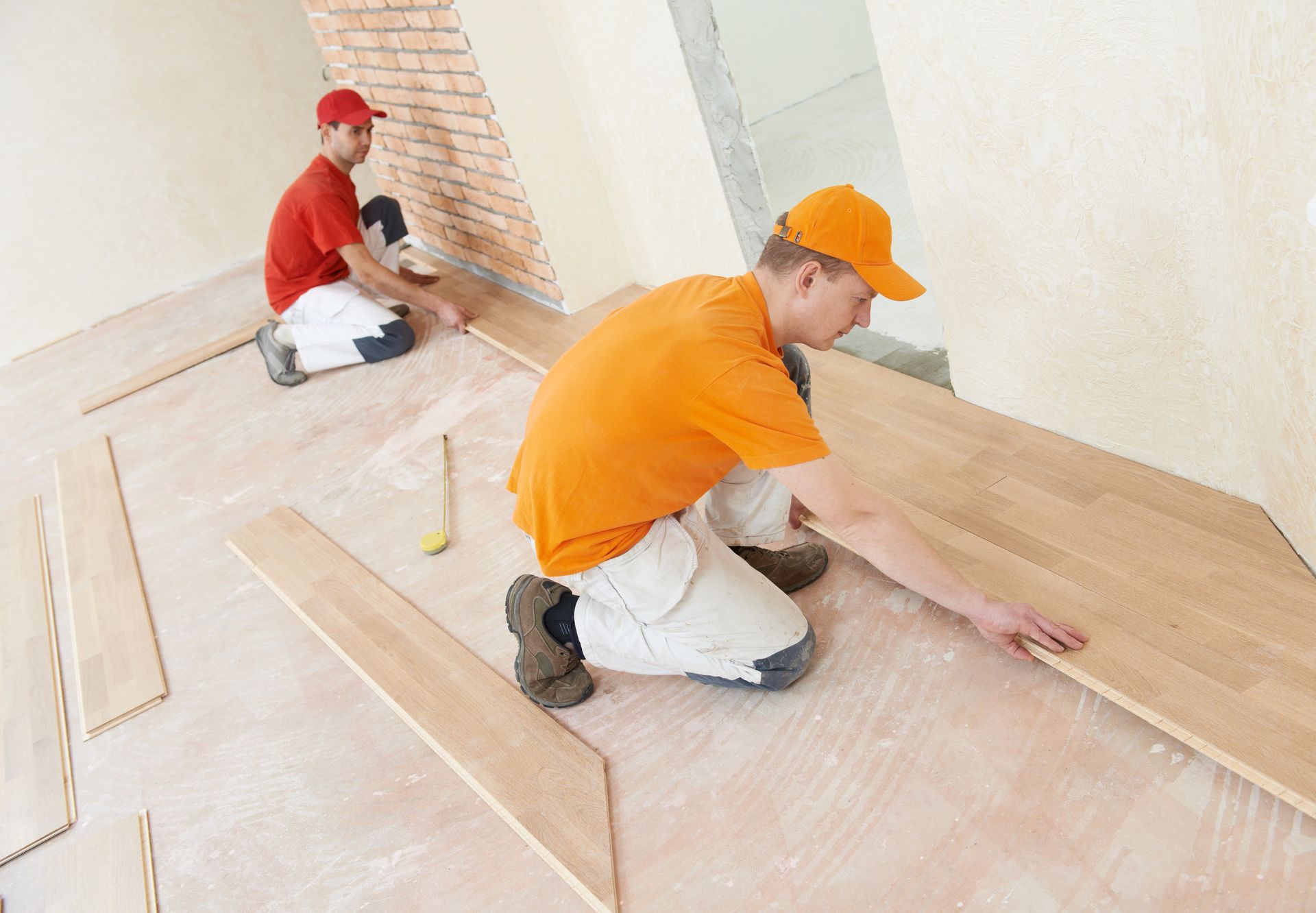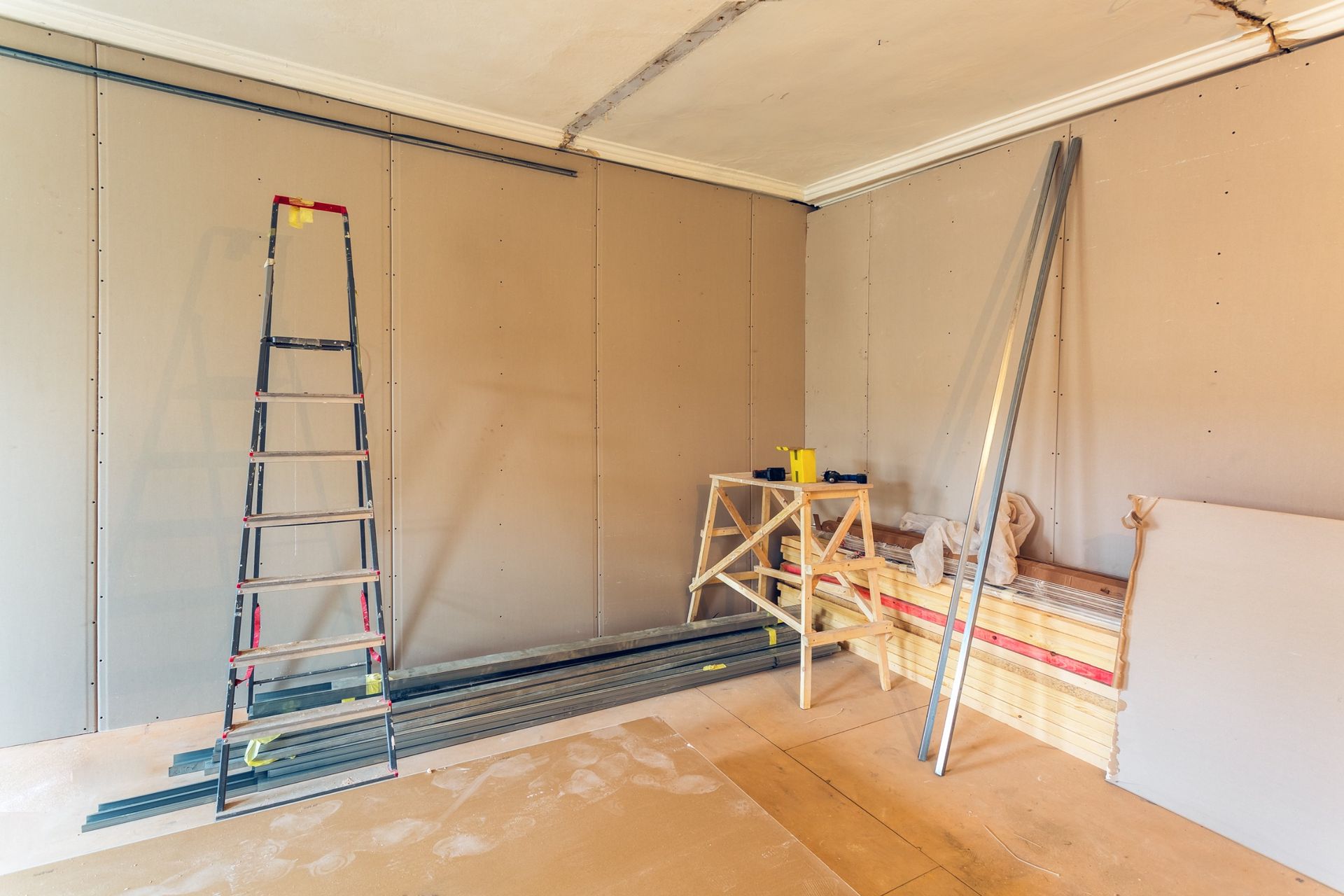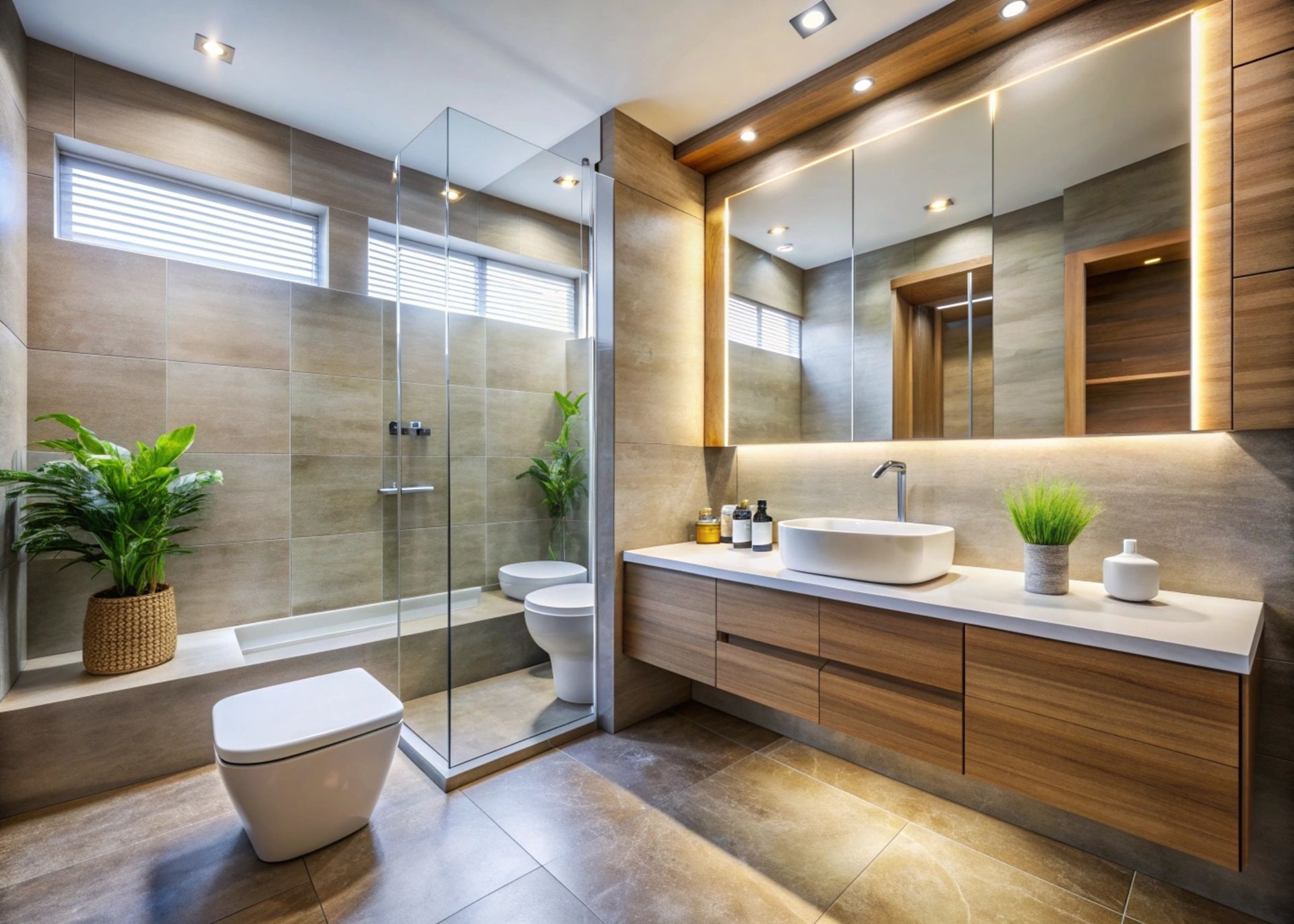10 Cutting-edge, Energy-efficient Building Materials Transforming Construction
The construction industry is evolving rapidly, and energy-efficient building materials are leading the charge. These materials not only cater to the growing demand for sustainable construction but also help in reducing energy costs and environmental impact.
Whether you're an architect, contractor, or eco-conscious homeowner, staying informed about innovative materials is key to building greener and smarter.
This blog explores 10 groundbreaking, energy-efficient materials that are transforming the way buildings are designed and constructed. From thermal insulation to renewable energy integration, these solutions pave the way for a more sustainable future in construction.
Why Energy-Efficient Building Materials Matter
Buildings are responsible for approximately 39% of global carbon emissions, with operational energy use accounting for 28%.
Energy-efficient building materials can significantly reduce this environmental footprint by improving how buildings regulate temperature, retain energy, and minimize waste. These materials not only benefit the environment but also lower energy bills and enhance occupant comfort.
With greater emphasis on green standards like LEED and certifications such as net-zero energy buildings, innovative materials are becoming integral to sustainable construction strategies.
1. Insulating Concrete Forms (ICFs)
What are ICFs?
Insulating Concrete Forms are durable, lightweight, and energy-efficient blocks made of foam panels or interlocking modular units. They are filled with concrete, creating walls that excel in insulation properties.
Benefits of ICFs
- Thermal Performance: Due to their high R-value, ICFs minimize heat transfer and enhance energy efficiency.
- Noise Reduction: They significantly reduce indoor noise pollution, creating quieter living spaces.
- Durability: Their strength makes them resistant to harsh weather, pests, and even fire.
ICFs are widely used in both residential and commercial construction and have been shown to reduce energy consumption by up to 20%.
2. Aerogel Insulation
What is Aerogel?
Often called “frozen smoke,” aerogel is a highly porous and lightweight material known for its incredible insulation properties.
Benefits of Aerogel
- Excellent Insulation: Aerogel offers some of the highest levels of thermal resistance of any material.
- Space-efficient: Due to its efficiency, thinner layers of aerogel can replace bulkier insulation materials.
- Moisture Resistance: Aerogel panels resist moisture, preventing mold growth.
While aerogel is still relatively expensive, its remarkable efficiency makes it a staple for cutting-edge construction projects.
3. Vacuum Insulation Panels (VIPs)
VIPs use a vacuum core sandwiched between outer layers to prevent heat transfer. They are ideal for buildings constrained by space or weight considerations.
Benefits of VIPs
- High R-value in a slim profile, making them particularly suited to retrofitting projects.
- Long-lasting efficiency with minimal degradation over time.
These panels outperform traditional insulation materials and are increasingly being incorporated into net-zero energy constructions.
4. Cool Roof Technology
Cool roofs are designed to reflect more sunlight and absorb less heat than traditional roofing systems, reducing cooling energy demands.
Benefits of Cool Roofs
- Reduces urban heat island effect, a phenomenon where urban areas become significantly hotter than surrounding rural regions.
- Lowers energy bills by maintaining a cooler indoor atmosphere during summer months.
Materials like cool roof coatings and roofing shingles embedded with reflective granules are popular choices for eco-friendly roofing systems.
5. Phase Change Materials (PCMs)
PCMs are thermal storage materials that absorb, store, and release heat based on temperature fluctuations.
Benefits of PCMs
- They maintain indoor temperatures by releasing stored warmth during cooler periods and absorbing heat during warmer ones.
- These materials reduce reliance on mechanical heating and cooling systems.
Typical PCMs include paraffin wax and bio-based materials, and they are used in applications ranging from drywall to flooring.
6. High-performance Windows
Windows are often the weak link in a building's energy efficiency. However, advancements in high-performance glass offer innovative solutions.
Features of High-performance Windows
- Low-E Coatings: Windows with low-emissivity coatings reduce heat transfer, helping to maintain optimal indoor temperatures.
- Gas Fills: Filling window gaps with inert gases like argon improves insulation.
- Smart Glass: Some windows even have the ability to adjust light and heat transmission levels.
Switching to energy-efficient windows can help reduce HVAC requirements and save on utility expenses.
7. Mass Timber
Mass timber products, such as cross-laminated timber (CLT), have emerged as incredibly sustainable and energy-efficient alternatives to traditional concrete and steel.
Benefits of Mass Timber
- Lightweight yet durable, reducing the need for heavy foundation work.
- Effective carbon storage, helping decrease a building’s carbon footprint.
- Excellent thermal performance for regulating indoor temperatures.
Mass timber is gaining popularity in mid-rise and multi-story construction projects, making sustainable high-rise buildings feasible.
8. Smart Thermostats
Though not a “material” in a traditional sense, smart thermostats contribute significantly to energy efficiency in buildings.
Why Smart Thermostats?
- Automatically adjust indoor temperatures based on occupancy or schedule, ensuring optimal energy use.
- Provide real-time energy usage data.
- Compatible with renewable energy systems like solar panels, further enhancing their green credentials.
Devices from brands like Nest and Ecobee are paving the way for smarter, greener homes.
9. Hempcrete
Hempcrete—a composite material made from the woody core of the hemp plant mixed with lime—is gaining traction as a green building material.
Benefits of Hempcrete
- Carbon Negative: Hempcrete absorbs CO2 during its production.
- Provides excellent thermal insulation and fire resistance.
- Biodegradable and sustainable.
Hempcrete is particularly valued in eco-friendly residential builds, though its adoption in commercial projects is steadily growing.
10. Recycled Steel
Recycled steel is not only incredibly durable but also one of the most sustainable materials for construction.
Benefits of Recycled Steel
- Preserves raw materials by reusing steel from old structures.
- Reduces the carbon footprint of steel production.
- Highly resistant to weather and time.
Using recycled steel in framework and roofing is a fantastic way to implement circular building principles while ensuring longevity.
Building for the Future with Energy-efficiency
The construction industry’s future lies in its ability to innovate and adopt sustainable, energy-efficient materials.
By incorporating these cutting-edge solutions, businesses and individuals can build structures that not only comply with modern environmental standards but also offer significant cost savings and improved occupant comfort.
If you're planning your next project, consider which of these materials could help you build smarter and greener. Don't forget—every choice you make today shapes a more sustainable future for tomorrow.
Ready to start your custom home-building journey?
At BP Construction Company, we are dedicated to making your dream home a reality. With our team of experienced professionals, we provide unparalleled guidance, superior craftsmanship, and innovative solutions tailored to your unique vision.
Contact BP Construction Company and take the first step towards building a home tailored just for you. With a reputation as one of the top
construction contractors in San Antonio, our team of skilled professionals is committed to bringing your vision to life. From design to completion, we ensure every detail reflects your unique style and needs. Our experts are ready to answer your questions, guide you through the process, and start planning your custom home project with care and precision. Don't wait to make your dream home a reality—reach out to us today!

